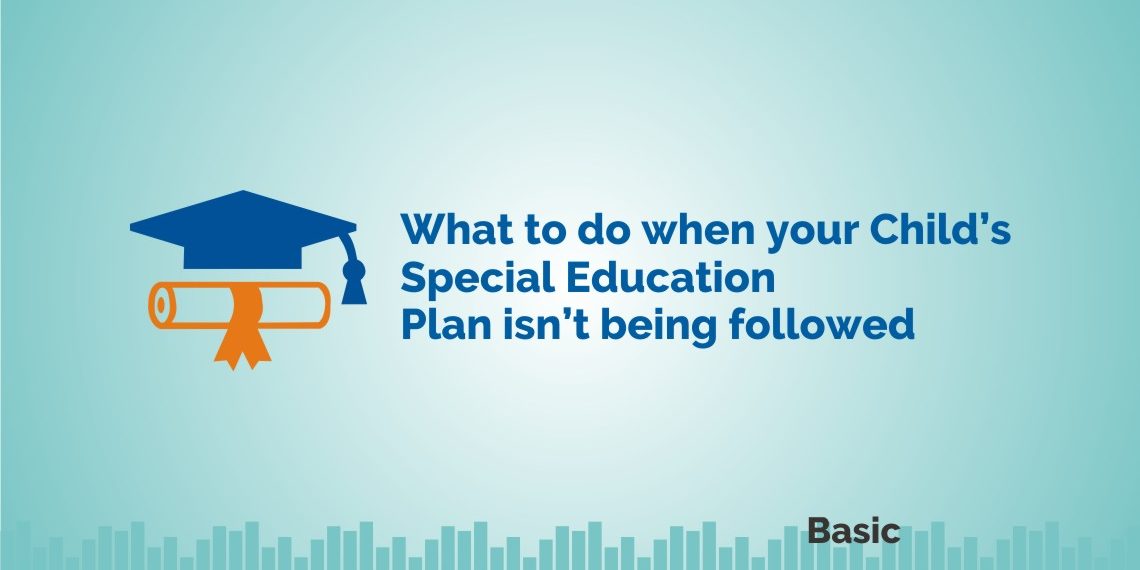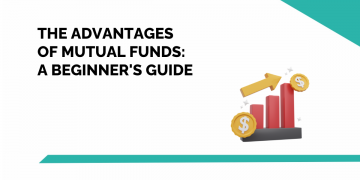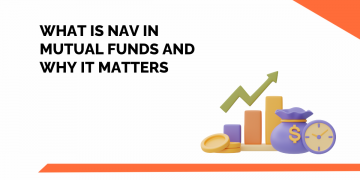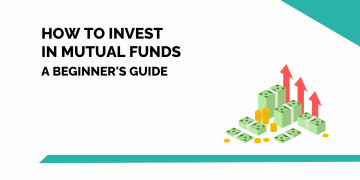Putting together your child education plan in India can get challenging, especially with problems of the current system. We will look at the issues that may occur, and what you can do to prevent your kids from getting affected. To learn more about money management and planning, join our course to get a Certification in Online Financial Planning & Wealth Management from Elearnmarkets.
Problems with India’s Education System for A Reliable Child Education Plan
Similar to the majority of nations, India isn’t without schooling problems for children. The Indian constitution has made it compulsory for children ages 6 – 14 years of age to have free access to education. The act got amended in 2009, which made elementary schooling to be formal following rules and regulations.
However, unfortunately, there’s many scenarios in their day to day life that can prevent from attending or having to halt education – these factors include:
Family financial pressures.
Family social pressure.
Other discrepancies may occur that can also leave them behind.
Sometimes the problem with a child’s education plan can also be blamed on the public schools themselves.
Low Academic Resources
Due to small funding from the Indian government, there’s a shortage of books, stationery, blackboards and even desks. Despite school inspections taking place, the resources provided only last for a short time span, and the majority of students find they are going without for the rest of the year.
Also Read: How to Save and Invest for a New Baby!
Infrastructure
The same reason for low resources, even the schooling infrastructure is affected by the following:
Electricity
Toilets
Water
Basic amenities
An NIEPA (National Institute of Educational Planning and Administration) found only five percent of schools run from kutcha properties.
Teacher Shortage
Indian schooling also has a teacher/trainer shortage problem due to funding issues too. Some schools even stretch to only one teacher teaching all of the class subjects, which is a significant challenge towards a child education plan when using public premises.
Nothing has yet been actioned to change the situation.
Over-Populated Indian Schools
The majority of Indian schools enroll children without any form of admission test, and as a consequence is causing classes to get overfilled with students. So not only are teachers stretched, but also national academic institutes get packed with kids, too.
It’s a situation that significantly hinders the quality of education that Indian children are getting from the public sector.
The Number Of Dropouts Is At An Alarming Rate
India is estimated to have roughly 283 million illiterate nationals in their populace, while a staggering 18% of them left school before starting secondary education. Despite the Millenium development goal set in 2015, it gets reported that 63 lakh children aged 6 – 17 years instead work over 180 days annually to help their families financially.
Why Is There Problems In A Lack Of Funding For A Public Child Education Plan?
Going from the last three budgets of 2013, 2015 and 2017, there wasn’t enough budget to allocate towards India’s schooling system – despite the RTE act of 2009.
The Last Budget Figures
The National Education Mission only received Rs. 1305 crores
Lunch meals got only Rs. 300 crores which are hugely inefficient for the actual demand.
GDP is only 3% despite the fact that the Kothari Education Commission recommended 6%.
The biggest of problems for a child education plan in India undoubtedly stems from low monetary funding by the central government.
To Avoid This Problem, Plan Your Child’s Education By Taking Out Insurance.
It can get done by taking out a special child education insurance scheme, which can have many advantages – especially in times of trouble when something may go wrong.
Benefits Of A Child Education Insurance Scheme:
Receive customized payouts when a family crisis does occur; it gives you extra financial support, especially when your children plan to go for higher education.
It puts your child’s welfare as the top priority – even though they can get more costly, the child education insurance plan puts them first and ensures that whatever happens, they can still have an ambitious future.
A good child insurance plan will offer a choice of riders at low costs, which can provide them with extra security.
Example Of A Useful Child Insurance Plan Insurance
ICICI Pru Smart Kid Assure Plan
This child insurance plan allows:
Get control over investments through a choice of 8 funds, which are debt, balanced funds and equity towards investment. You can also change between them at any time.
Pay full for the policy one time or make multiple payments throughout the policy tenure.
The child insurance plan is available for everyone between 20-60 years of age.
If you hold the policy for more than five years, then you can make withdrawals from the child’s special education plan.
Receive tax benefits.
You get a choice of the level of protection.
Get loyalty additions through holding the plan.
Summary
That is just one example of a popular child education plan. However, there’s a selection out there for you to compare and get the best price. As children are India’s future, it’s vital that their education gets protected – especially in such a fast developing country like India.








